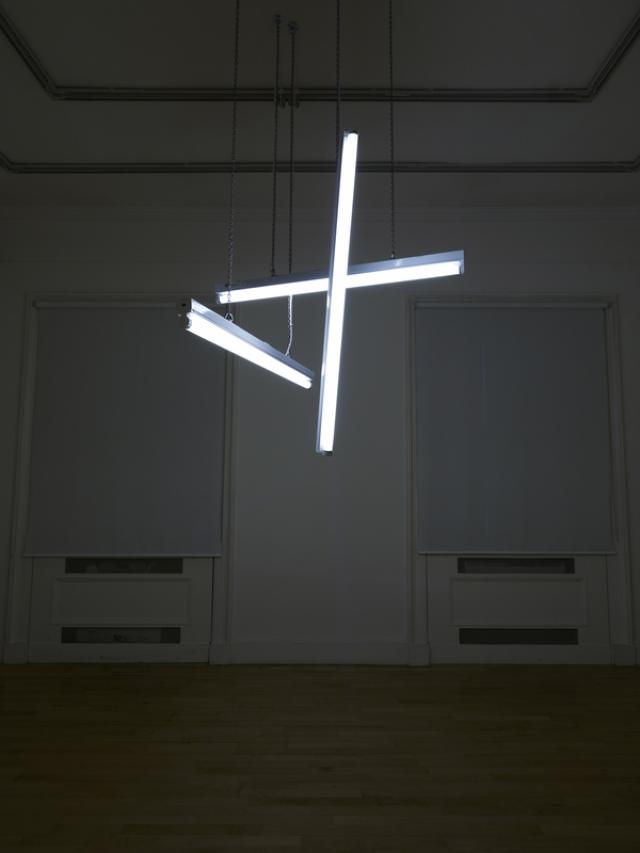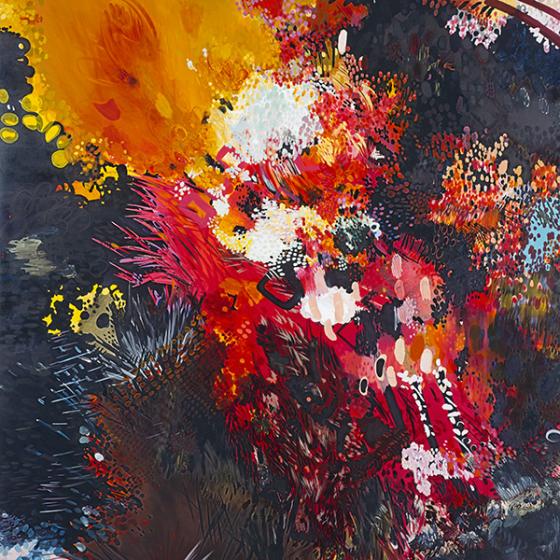An art practice developed in the second half of the twentieth century that broke away from the view of a sculpture as a singular object to be looked at. Instead, installation artists create an environment that may surround the viewer. Many are temporary or created for a particular location.
The Origins of Installation Art
Installation Art is a broad term that encompasses a huge variety of styles, methods and approaches. Installations are usually immersive, large scale environments that viewers are invited to step inside and experience and can be indoor or outdoor. The style was popularised in the 1960s when artists began creating Assemblages and Happenings as a rejection of traditional, commodified art practice, and continues to be explored by contemporary artists working today.
Artists as far back as the early twentieth century began experimenting with art as environment. With the emergence of Dada and Surrealism came a rejection of bourgeois values and the capital placed on works of art, with the emphasis on experience and ideas. Kurt Schwitters was once of the first to create artworks that expanded to fill whole spaces. In his Merzbau (1927-33), a series of jutting wooden angles occupied eight rooms of his house in Hanover. In 1942 Marcel Duchamp produced his Mile of String, with long lengths of string stretched across screens displaying paintings, encouraging visitors to navigate the gallery space in a new way. The French Nouveau Realistes also proved influential; in 1958 Yves Klein exhibited an empty gallery in Le Vide (the Void), which fellow artist Arman responded to with Le Plein (full), filling the gallery with rubbish.
Developments in the 1960s
From the 1960s, installation art developed as a part of a number of different movements and styles. Some were site specific, such as Christo and Jean Claude’s famous packages, while others have been restaged in a range of different gallery spaces, like Richard Wilson’s reservoir of sump oil in 20:50, 1987 . Installation art was also popular with political activists; in Barbara Kruger’s 1991 installation at Mary Boone Gallery in New York walls, ceilings and floors were covered with material relating to violence against women and minorities. Video, light and sound provided new material for artists including Bruce Nauman and Mona Hatoum.
Installation Art in the 1980s and 90s
During 1980s and 1990s installation artists began housing different media within the one space, as seen in Steven Campbell’s ground-breaking On Form and Fiction, 1990, bringing together drawing, painting and sound, and in Ron O’Donnel’s controversial North-South class commentary, The Great Divide, 1987.
Contemporary Ideas
In contemporary practice installation art continues to provide a fertile playground for new ideas and the use of unconventional materials, from Martin Boyce’s dystopic, futuristic staging, to Clare Barclay’s manipulated materials, Nathan Coley’s cardboard constructions and Jim Lambie’s psychedelic floor designs. Since the 1970s galleries around the world have housed installation art and in 1990 the Museum of Installation opened in London. It is now established as a major genre, with the flexibility to encompass a vast array of ideas, materials and techniques.



















